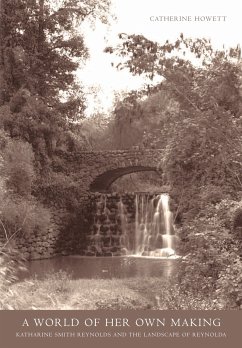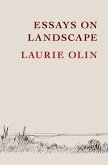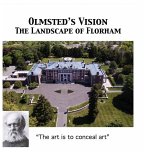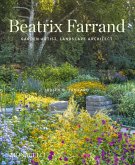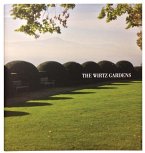Only a few years after marrying tobacco magnate R. J. Reynolds, young Katharine Smith Reynolds (1880¿1924) began to plan a new home for her family. Not many young women of the day found themselves with almost unlimited wealth to construct their dream home, but Katharine's sense of purpose for her vast resources was even more unusual. She envisioned the founding of a model community that would emphasize health, modern technology, mixed-crop scientific farming, education, and rural beauty. In 1904, when Katharine embarked on her estate project in Winston (now Winston-Salem), North Carolina, the South was still feeling the effects of the Civil War and a century of single-crop farming. After conducting exhaustive research, which included wide-ranging reading in agricultural journals and trips to other American estates and model farms, she began to lay out her property, Reynolda. Her plan was inspired, in part, by the rural landscapes of England that had captured the imagination of Frederick Law Olmsted. Beginning in 1915, Katharine was aided by Thomas W. Sears, a highly regarded Philadelphia-based landscape architect. The estate eventually expanded to cover more than 1,000 acres. The process of planning Reynolda paralleled similar efforts in other parts of the United States, as new towns, parks, campuses, and country estates were laid out during the century's first decades. Catherine Howett's study analyzes the singular convergence of influences that occurred in the imagination of a highly unusual woman. The book provides welcome insight into the culture of the New South and into a richly inventive period in the history of American landscape architecture. ¿Brilliantly written¿uplifting and riveting¿this books brings out of obscurity a `new woman' of the South, who dedicated her brief life to the creation of a place called Reynolda. . . . Readers, especially women, will find inspiration in its pages.¿ ¿Barbara B. Millhouse, author of American Originals and president, Reynolda House Museum of American Art

